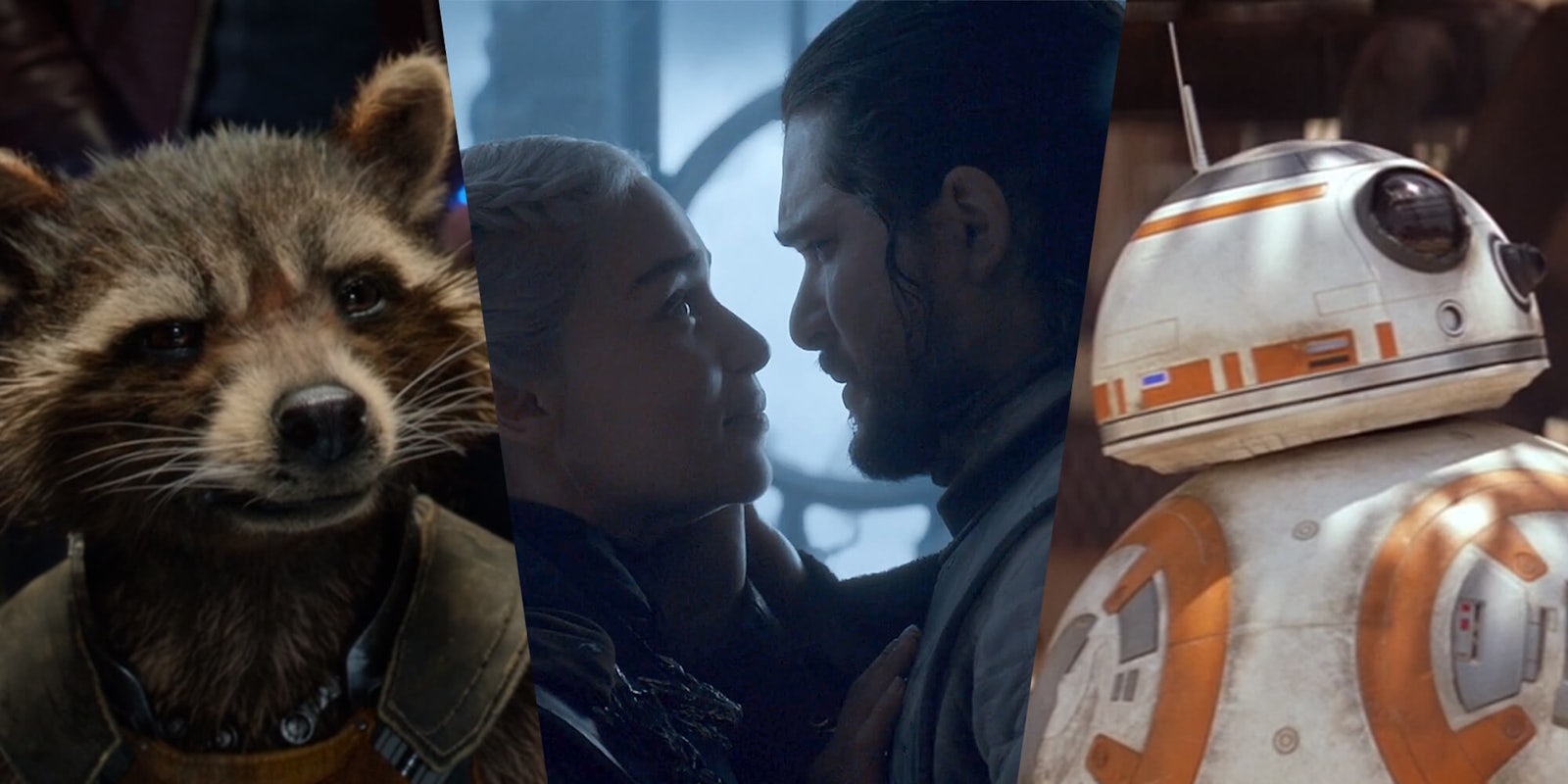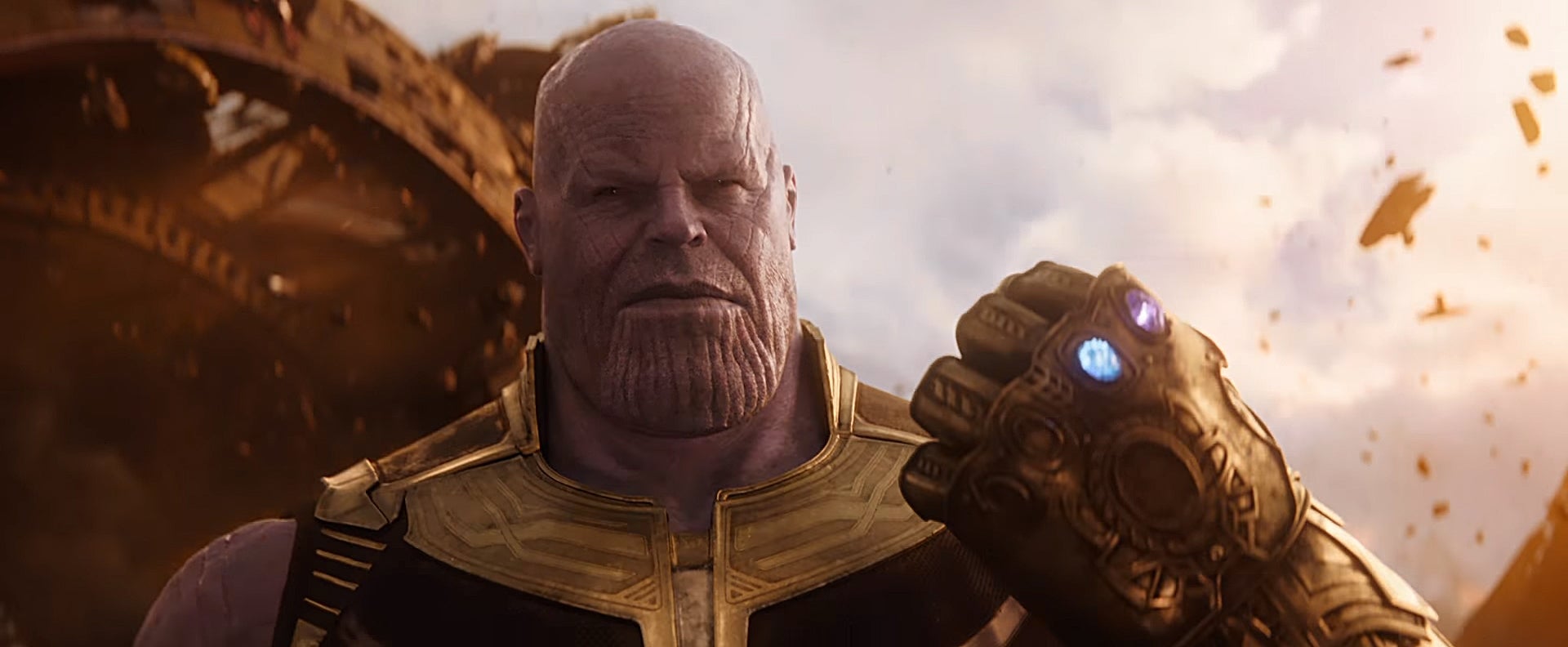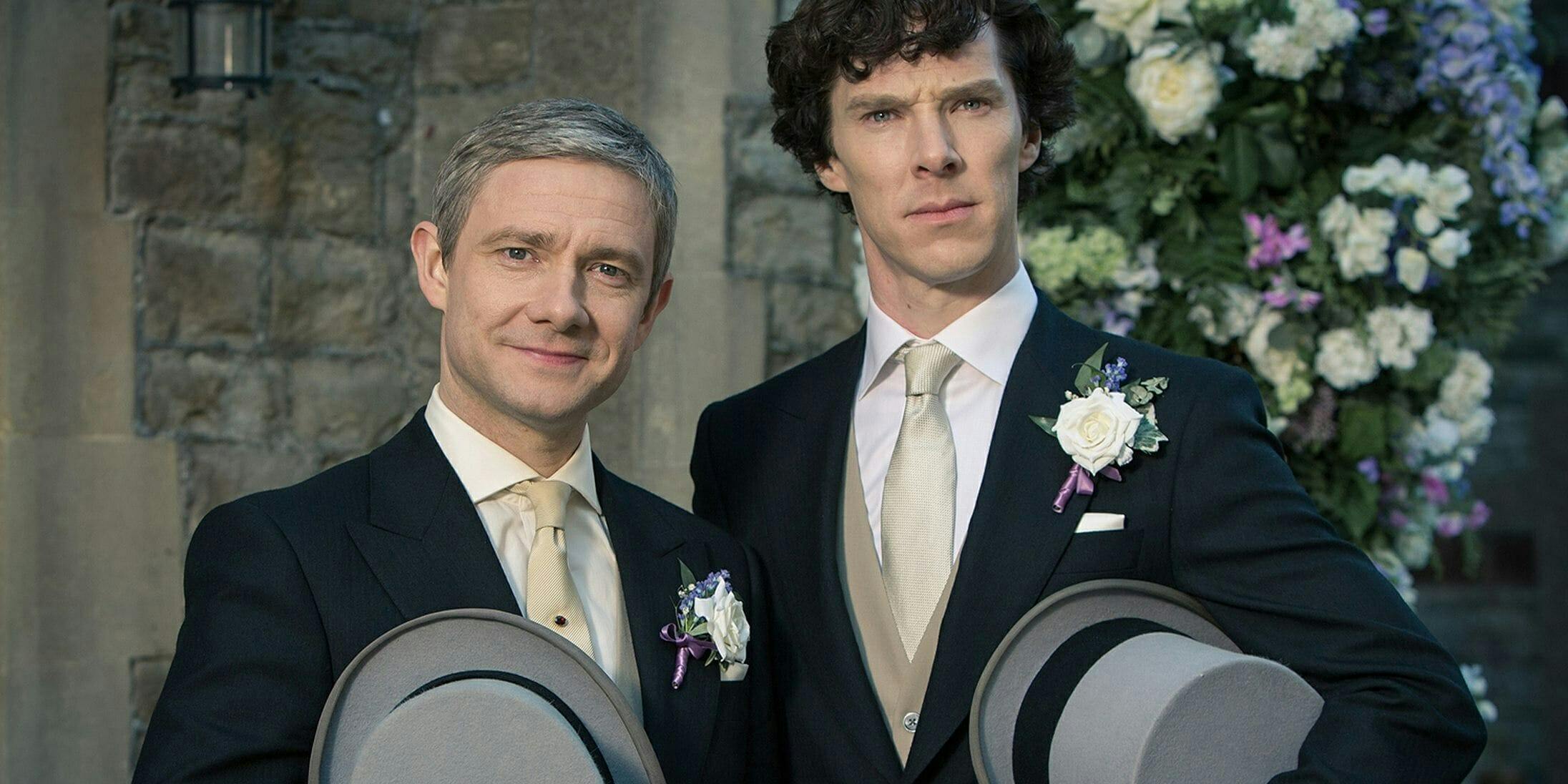The 2010s marked a turning point for fan culture, as franchises like Star Wars and Marvel began to dominate mainstream entertainment, and online fanworks rapidly became more accessible. For some fans, it was a tricky transition period, moving from a time when fandom was more niche and private to a point where media companies comb through social media for fan-made commentary and content.
In particular, the 2010s saw an explosion of activity in shipping fandom, with queer ships fueling much of the traffic for an entire blogging platform—Tumblr. Thanks to a series of bizarre business choices from Tumblr’s owners, the site no longer holds the unique sway it did earlier in the decade, but it’s still a defining force of fandom in the 2010s. Without Tumblr, we wouldn’t have Superwholock, or Homestuck, or a lot of the weirder elements of One Direction‘s fanbase. Elsewhere, the fan-created Archive of our Own fanfic site is going from strength to strength. Launched in 2008, it’s become the central hub for English-language fanfiction, winning a Hugo Award this year. Twitter, Tumblr, AO3, and Reddit were the four cornerstones of fan culture in the 2010s, marking the rise of the ten unforgettable fandoms on our list.
The Marvel Cinematic Universe
Without exaggeration, the MCU changed cinema as we know it. Following the success of The Avengers in 2012, Hollywood studios quickly started trying to build their own multi-strand franchises… with limited results. Meanwhile, Marvel still reigns supreme, dominating the pop-culture conversation for better or worse—”better” being the fact that Marvel movies are pretty good by blockbuster standards, but “worse” in the sense that Hollywood studios barely make lower-budget original films anymore. So, make of that what you will.
Marvel is now a ubiquitous commercial product, but at this point, its fandom is often at odds with the source material. Along with the core fanbase of comic book fans, the MCU spawned an incredibly active transformative fandom. Partly because the movies are so male-dominated, the MCU is home to several of the most popular slash ships of the decade, including Iron Man/Captain America and Steve Rogers/Bucky Barnes. Hawkeye/Black Widow is the only major hetero ship in the fandom, so the one thing all these pairings have in common is a total lack of recognition in canon. This doesn’t make a dent in their popularity, but it creates an obvious divide between what we see on-screen (formulaic action-comedies featuring straight romances) and what fans gravitate toward online (adult-rated queer love stories, often with more complex political and psychological themes than the films themselves).
This divide between mainstream success and a more adventurous, progressive fandom came to a head with Avengers: Endgame this year. An enormous commercial hit that earned middling reviews from critics, and ultimately split the fanbase between enthusiastic adulation and outright dismay.
Star Wars
Disney purchased Lucasfilm for $4 billion in October 2012, a move that initially worried fans but ultimately revitalized a franchise and saw it grow far beyond what we could’ve ever imagined—bringing out both the best and worst in us. Although we’ve seen our fair share of inner-connected Star Wars films, TV shows, tie-in books, and comics, two theme parks, and one cohesive canon since then, the ultimate fruition of that purchase was the creation of a new trilogy. Those films had the seemingly impossible task of introducing a new cast of characters to inherit the older generation’s mantle and legacy, and its gamble largely paid off. The Star Wars sequel trilogy has already made billions at the box office (The Rise of Skywalker was released theatrically on Dec. 20), and over the past four years, many fans latched onto the new characters with their fair share of theories, thoughtful analysis, and plenty of shipping.
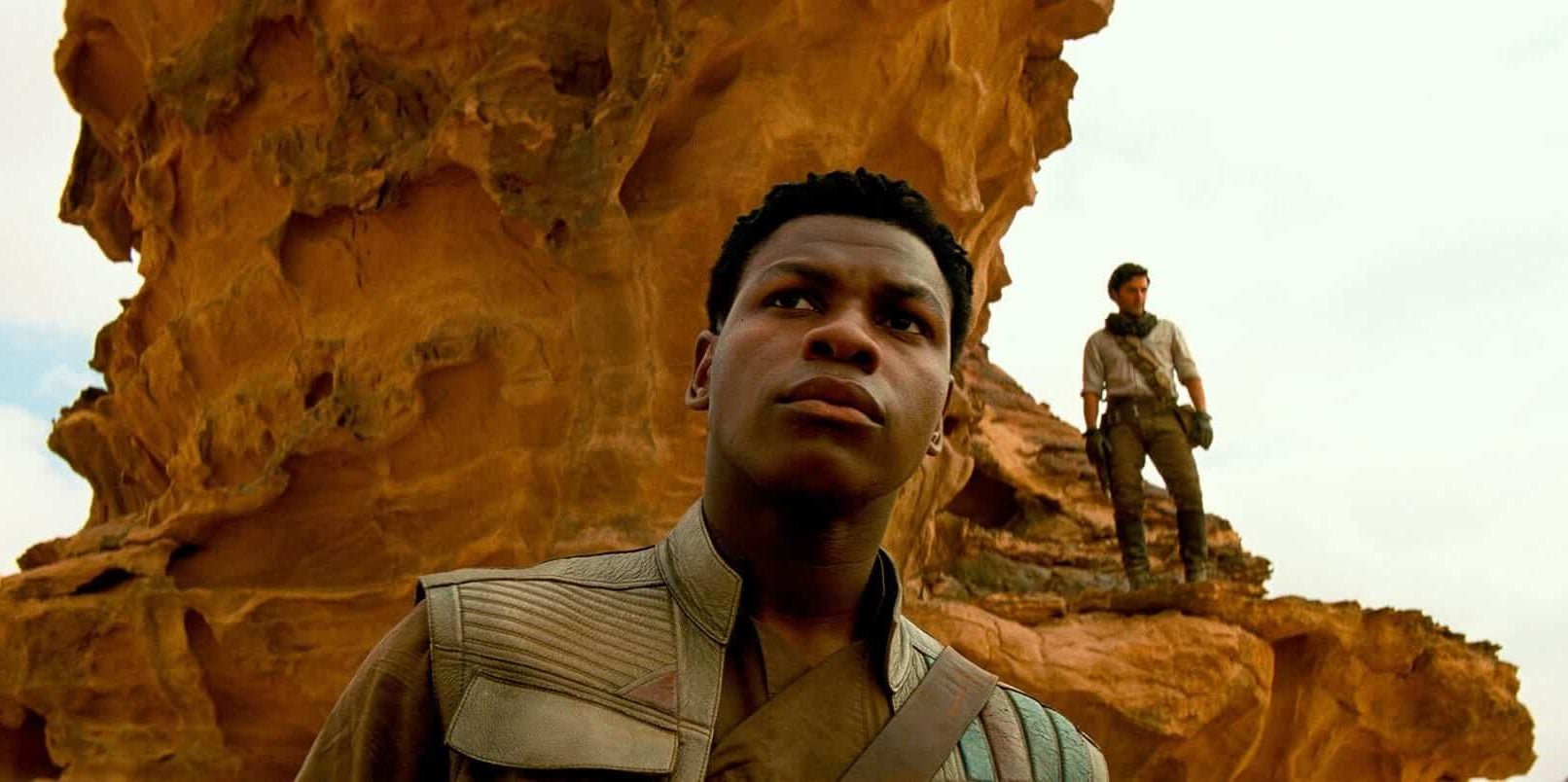
Thanks to new characters like Rey, Finn, Poe Dameron, and Rose Tico, Star Wars fans of all ages finally had a chance to see themselves in a galaxy far, far away that was becoming more inclusive, something that not just drew in a new generation of fans but also older viewers who may have only casually watched the Star Wars films before. But inclusivity was sometimes elusive in other areas: It took until The Mandalorian for someone other than a white man to direct a Star Wars property (Victoria Mahoney is also second unit director for The Rise of Skywalker) and LGBTQ representation is practically non-existent. But the gatekeeping and fan toxicity that’s existed in Star Wars fandom for decades reemerged in full force. It ramped up significantly with the reception to The Last Jedi, which has led to a particularly vitriolic response from some Star Wars fans.
Under Disney, the Star Wars franchise hasn’t been completely smooth sailing. Solo: A Star Wars Story underperformed, leading Disney to scale back its movie slate while multiple directors and writers have been let go during varying states of production. The Last Jedi backlash lives on two years later to the point where relitigating the backlash to The Last Jedi has become a major narrative of The Rise of Skywalker press tour. But even with the Skywalker Saga coming to a close, the future of Star Wars remains bright thanks to Galaxy’s Edge at Disneyland and Disney World, as well as a little green puppet at the center of its first live-action Star Wars series.
Game of Thrones
At the height of its run, Game of Thrones wasn’t just the biggest or most popular TV show in the world. It was an entire phenomenon, the kind of thing that made its entire, largely unknown cast—some who have since gone on to star in Marvel, DC Comics, and Star Wars properties—become household names. It was an often-misunderstood political touchpoint for some pundits and even a U.S. president. Barack Obama was openly a fan. Based on an incredibly dense series of novels, Game of Thrones took high fantasy to the mainstream, a move that replicated by several rival networks (albeit in pale imitations). It brought the kind of fan speculation we’ve thrived on in our own spaces for years to the mainstream, which became just as much a part of the conversation surrounding the show as the character work, the plot, and the memes.
But it wasn’t like that from the start. The series debuted on HBO in 2011, but it didn’t achieve that next level until fans experienced the Red Wedding, an event that stunned both show viewers and readers when they originally encountered it, in season 3’s penultimate episode in June 2013. Thanks to book fans who secretly filmed their loved ones’ reactions, the Red Wedding became a major shared fan experience of Game of Thrones, one that we’ve seen replicated far and wide. Since then, Game of Thrones’ popularity and influence on pop culture only grew.
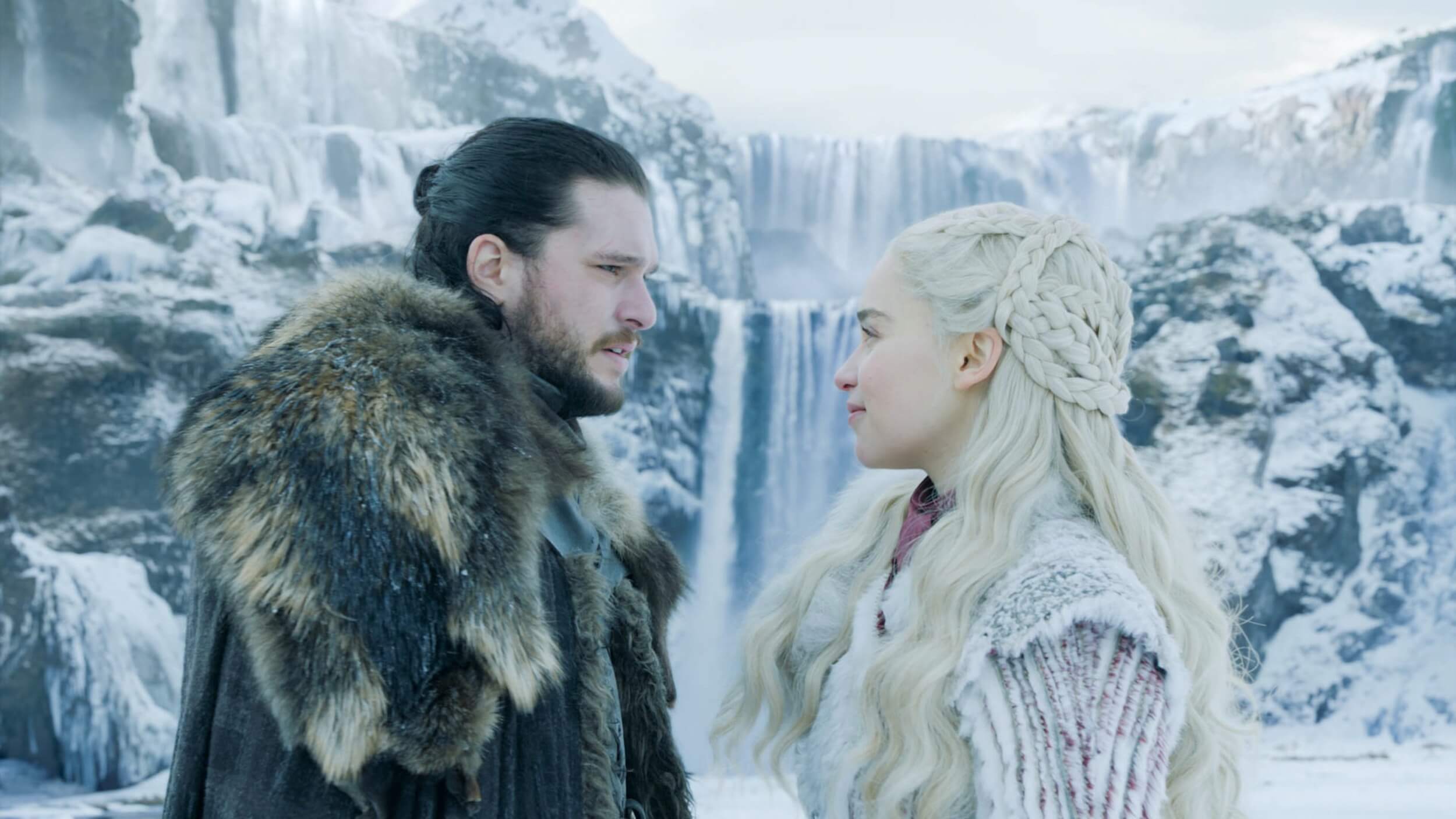
Our opinions on the show have certainly fluctuated over the years, as some fans point to the show going off-book for when Game of Thrones appeared to decrease in quality. Some drew their ire toward the showrunners themselves, who had a sometimes combative relationship with fans, and the contentious atmosphere online toward Game of Thrones’ divisive ending has definitely soured some of us on the series as a whole. It’s only been seven months since Game of Thrones ended, and although Watchmen and The Mandalorian have already proven that the weekly episode release model isn’t dead yet, the end of Game of Thrones still felt like the end of an era. We shall never see its like again.
Harry Potter
Few fandoms have seemingly gone through as much of an emotional roller coaster over the past decade as Harry Potter fandom. Fans saw Harry’s world expand across multiple mediums: Universal Studios’ theme parks, the West End and Broadway play Harry Potter and the Cursed Child, and the Fantastic Beasts franchise, fulfilling demand for more stories from that world ever since J.K. Rowling’s original series ended in 2007. But what they might not have expected is how much their love of a series—and Rowling herself—would ultimately test their patience.
The original, seven-book series is still beloved and revered to this day by fans, many of whom largely grew up alongside Harry. For many, Harry Potter helped shape how they viewed the world, serving both as a moral compass and a go-to political reference With that moral compass, some fans became inspired to call out injustice and hypocrisy when they saw it, even when it involved highlighting Rowling’s own shortcomings, which often arose when she wanted credit for doing the bare minimum when it came to the depiction of representation in her own work that fell apart under even a hint of scrutiny. Fans who had grown up with the progressive messages that Harry Potter had to offer were now faced with a play that relegated queer representation to subtext and a film franchise that is queerbaiting its audience (and continues to cast an alleged domestic abuser, which Rowling defended); Rowling’s politics have also rubbed a lot of people the wrong way.
That’s not to mention the canonical mess that Fantastic Beasts has become since its launch that has turned some off of that franchise. Just last month, Warner Bros. officially greenlit a third Fantastic Beasts film, a decision that was met with eye-rolling and derision and questions of who even wants this (among questions of how Warner Bros. came to the conclusions that it did about the franchise’s issues). If that’s not an indication of how much the Wizarding World’s reception has changed in 10 years, we don’t know what is.
The BeyHive
Beyoncé is the reigning queen of American pop music, going from strength to strength throughout the 2010s. 2011 saw the release of iconic hits like “Run the World (Girls)” and “Love on Top,” and since then her art and public image have evolved much further. Along with the obvious success of her business empire and celebrity status, 2016 saw the release of her bold visual album Lemonade, with her documentary Homecoming arriving last year. So yes, this list wouldn’t be complete without Beyoncé and her Beyhive.
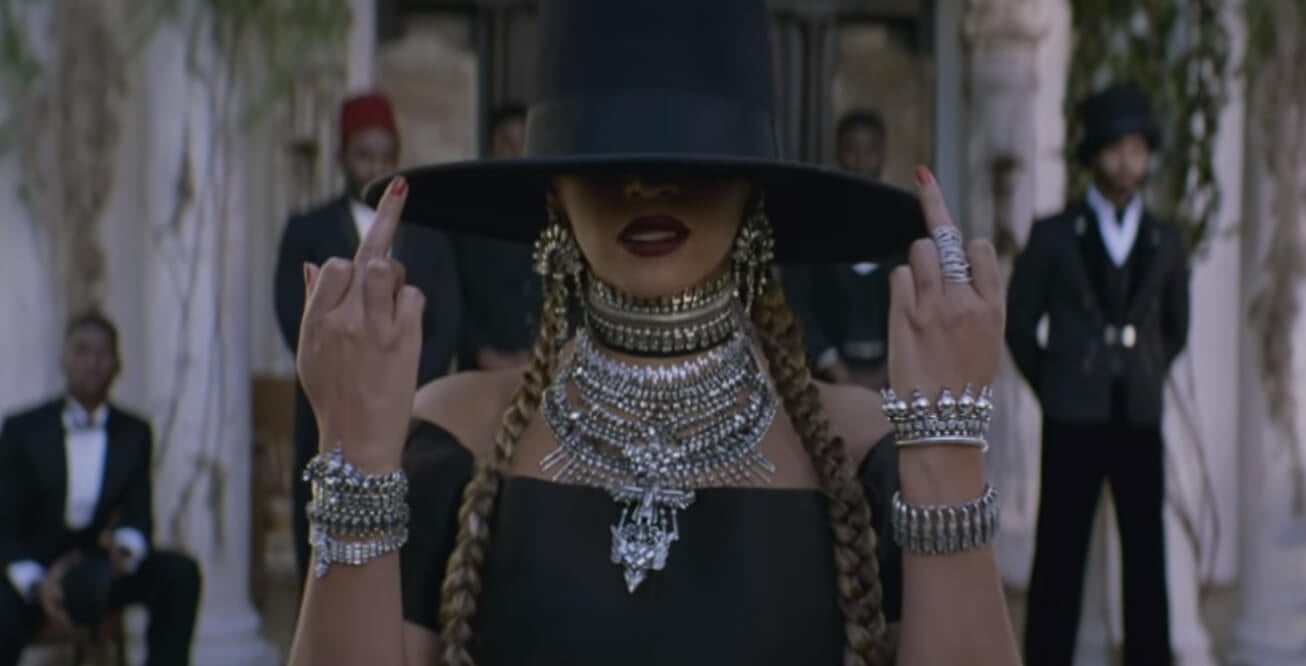
In an era where every major pop star seems to have their own self-titled squad of followers, the Beyhive are the epitome of stan culture. Passionately active on social media, they’re known both for their intense attention to detail regarding Beyoncé’s life and career… and also for their collective power as an army of Beyoncé defenders. As the name suggests, they come with a sting. Members of the Beyhive occasionally go overboard by tracking down and harassing people who appear to do something anti-Beyoncé. This isn’t exactly unique to Beyoncé’s particular fanbase, but we have to admit the Beyhive and the BTS Army are especially known for their swift and unbeatable takedowns.
But for all that the Beyhive’s attacks grab headlines, Beyoncé fandom runs much deeper. Moreso than Taylor Swift or Rihanna, Beyoncé is a political figure as well as a pop idol. Fully aware of her cultural power and status as a role model—particularly for Black women—she consistently takes political action in her artistic decisions, from behind-the-scenes choices like hiring US Vogue‘s first black photographer, to the complex artistry and messaging in works like “Lemonade” and “Apeshit.” Recent Beyoncé videos are famously layered with meaning, to the point where there is a whole academic syllabus based on her work.
Homestuck
Homestuck‘s influence probably won’t be understood for another decade, but this webcomic was groundbreaking and incredibly popular… while also being mostly unrecognized by outsiders. Created by Andrew Hussie, it was less “webcomic” and more of a serialized multimedia project; a sprawling sci-fi/fantasy epic about a group of gamer teens who accidentally cause the apocalypse. At over 800,000 words long plus illustrations, animations, games and soundtrack albums, it’s a major undertaking to read—which is why it’s the quintessential “you had to be there” fandom.
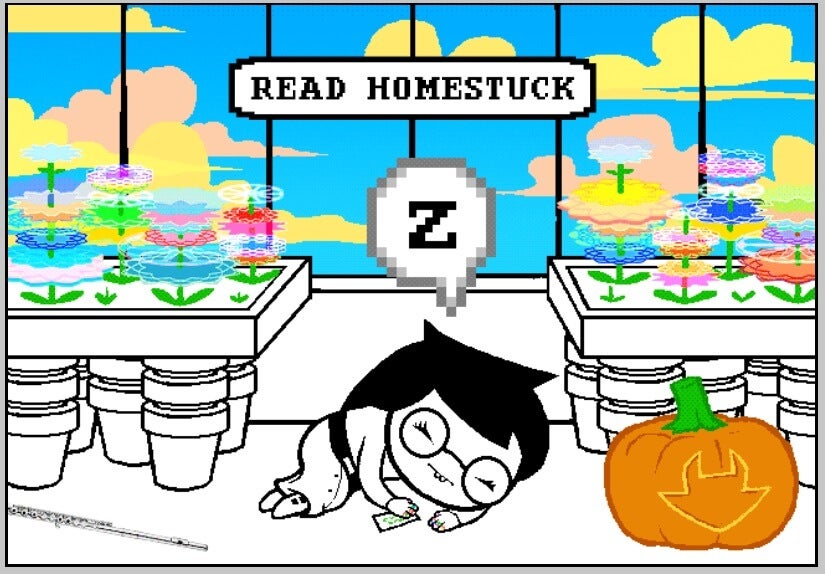
Running from 2009 to 2016, Homestuck was famous for being slightly incomprehensible to outsiders, making it the cultural opposite to more accessible Tumblr-era fandoms like Marvel or SuperWhoLock. During its heyday, around a million people visited the Homestuck website each day, catching up with new installments. Firmly rooted in internet culture, it mostly played to an audience of young millennials, instantly recognizable at conventions for their grey-skinned troll costumes. It’s a true example of internet counterculture—a unique project that couldn’t possibly exist offline, rather than a traditional media product with an online following.
One Direction
One Direction’s boyband crown has since been usurped by BTS, but in the early 2010s, they reigned supreme. Formed in 2010, they combined traditional boyband appeal (five cute guys marketed at young women and girls) with a new era of social media-driven fandom. They arrived at a perfect inflection point between the rise of Tumblr and Twitter, and the true mainstreaming of fanfiction and shipping culture.
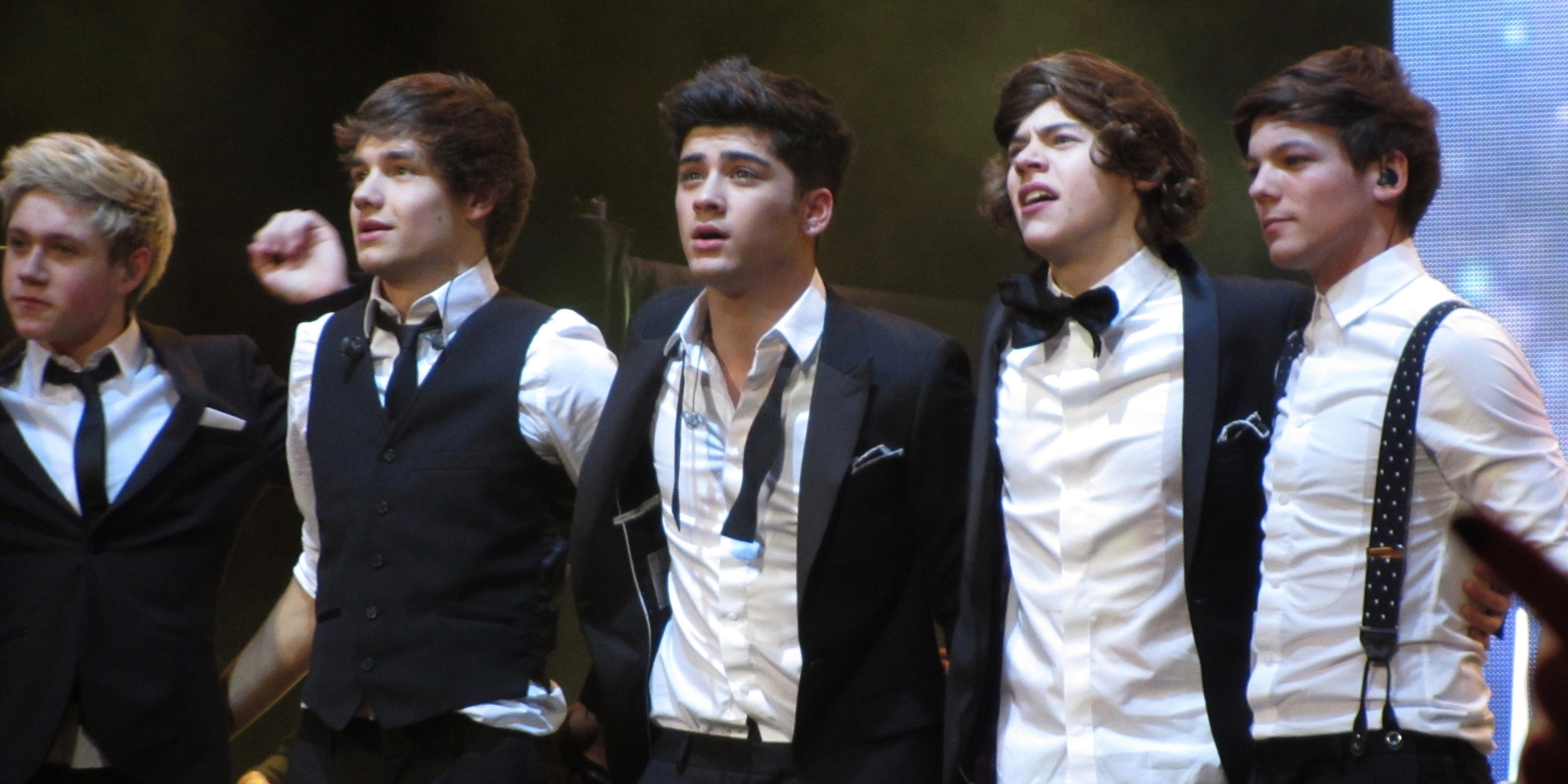
1D were at the forefront of a new wave of RPF (real person fanfic), the most popular subgenres being self-insert stories about girls falling in love with a member of the band (some which were later republished as original novels), and slashfic shipping the boys with each other. Larry Stylinson—aka Harry Styles and Louis Tomlinson—was a fandom juggernaut throughout the mid-2010s, spawning some pretty intense conspiracy theories alongside the more typical fannish output. For several years, Tumblr was a hotspot of detailed analyses “proving” that Harry and Louis were secretly in love IRL, that Louis’ longtime girlfriend was a beard, and even that his child was a hoax. Fortunately, this died down in later years, with many fans still enjoying the 1D community after the band broke up and moved onto other projects.
BTS
BTS’s rise to become not only an incredibly successful K-pop group in South Korea—and one of the biggest musical acts in the world—since the group’s formation in 2013 has been nothing short of meteoric. Their music often tackled social issues, their openness on social media made them relatable to fans of all ages, and while they’ve been a K-pop staple for years (and changing people’s perception of K-pop), it’s only in the last couple of years that they’ve really broken out in the U.S. Despite western media only discovering BTS relatively recently, the group is so successful in South Korea—bringing in billions of dollars—that they’re on the same level as Samsung and Hyundai.
Since then, BTS has collaborated with the likes of Halsey, Ed Sheeran, and Steve Aoki, but they’ve also released their own share of music as the ARMY supports them every step of the way, including raising money for charity in BTS’s name. The ARMY is protective of the group, and while that can sometimes lead to harassment within the fan community, BTS’s fans will also call out bullshit, like when it comes in the form of a feature they perceive doesn’t treat BTS and the K-pop industry with the nuance it deserves. And it’s not just their music: K-pop fandom has surged in popularity, and four of the top 100 ships on Tumblr this year are RPF ships involving several members of BTS. (By far the most popular BTS ship is Jikook, which pairs Park Jimin and Jeon Jungkook together.)
BTS is already becoming a staple at several U.S. awards shows, although they have yet to be nominated for a Grammy. But the impact they’ve already left be overstated: Stephen Colbert painstakingly recreated the Beatles’ American debut on The Ed Sullivan Show with BTS for The Late Show back in May, indicating that yes, BTS is on that level—and they’re just getting started.
SuperWhoLock
Super what now? While SuperWhoLock—which mashes up the names of Supernatural, Doctor Who, and BBC’s Sherlock—might lead to more cringing nowadays, for a time, it was both the culmination of both three of the most active fandoms on Tumblr during the early-to-mid 2010s and a fan-created desire of a shared universe between those major properties. If you paired off Sherlock Holmes’ wit, the Winchester brothers’ grit, and the Doctor’s timey-wimey resourcefulness, it makes for an unbeatable team. At its heart, SuperWhoLock sparked lots of fanart and remixes, although some who only liked some of those shows (and even some fans who liked all of them) were annoyed by the constant mashups.
Even in their heyday, all three series have fallen under scrutiny for various reasons. Sherlock and Supernatural were accused of queerbaiting fans by teasing slash pairings (JohnLock for Sherlock, Destiel for Supernatural) that it never intended to make canon. In the mid-2010s, Steven Moffat—who has a history of insensitive comments, gaslighting, and admitting to catering to sexist fans—ran both Sherlock and Doctor Who. Supernatural spent much of its run fridging a majority of its female characters. All three shows have been fairly sexist at one point or another.
But in 2019, SuperWhoLock seems like the product of a bygone internet era, although they’re still quite popular: All three series appeared on Tumblr’s list of its top 50 live-action TV shows. Sherlock hasn’t aired a new episode since January 2017 (and we have no indication if we’ll ever get another one). Supernatural is ending next year after a 15-season run, although some fans would argue it could’ve easily done so several years earlier. But Doctor Who presses on: In just a few weeks will debut its first new episode in a year, the second season with Jodie Whittaker steering the TARDIS.
Welcome to Night Vale
Starting off as a tiny indie operation, Welcome to Night Vale became the first fictional hit of the podcast revolution, spawning spinoff novels, numerous live tours, and a colossal fandom. Drawing from H.P. Lovecraft and a long tradition of weird fiction, Night Vale is a combination of horror and surreal slice-of-life humor, narrated by the local radio host of an isolated town beset by bizarre paranormal events. Its blend of atmospheric storytelling and engaging voice-acting made it an immediate hit, gradually unfolding more long-form story arcs in later episodes.
Praised for its diverse and inclusive cast, and a queer romance involving the main character Cecil Palmer, it was perfectly pitched to attract horror fans, Tumblr shippers and Twin Peaks-ish audiences alike. (And of course, plenty of listeners were all three at once.) There are several fandoms on this list that became popular for more complicated reasons than the high-quality source material, but Night Vale is, well… good! It’s a great podcast, and while it’s not a trending fandom in 2019 the same way it was around 2014, the overall audience is still going strong, supporting the creators as Night Vale continues to grow.

